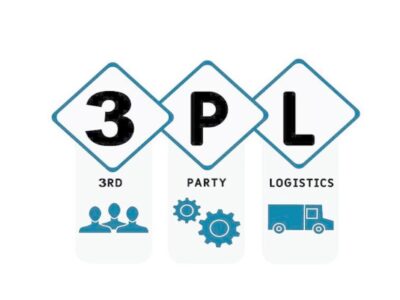It’s when you sell other companies’ products as your own, but you don’t have to stock them. When you get an order, the business that makes the product ships it to your customer; you take their money in exchange for sending them whatever they ordered.
Dropshipping is a one-way street; once you’ve agreed with a supplier that you’ll sell their items on your website, you’re generally obligated to purchase items from them until you cancel the agreement. Since there is generally no money involved in the service (the supplier fronts all costs associated with product production), any disagreements between the store owner and supplier can be difficult if not impossible to resolve.
Sounds easy, right? It sounds excellent since you don’t have to worry about any inventory or shipping orders yourself, but there is a catch. There are three big ones.
1. There is virtually no barrier to entry
The cost of starting your own dropshipping business is pretty low, which means just about anyone can do it. You usually need a few hundred dollars to buy an e-commerce website template and pay the monthly fees associated with hosting it. Bootstrapping a dropshipping business is a great way to get started online without a lot of investment.
On the other hand, this lack of barrier to entry means that many people are trying to sell stuff with their drop-shipping businesses. There are over 2 million listings on eBay for “dropshipping” and “dropshipping course.”
2. It can be tough to stand out with so many people selling similar products
When you’re looking for suppliers, you’ll quickly realize that there are thousands of other people trying to sell the same products as you. If someone else is doing well selling a particular product, chances are they won’t want to work with you since you’re just going to steal their customers.
3. If your supplier goes out of stock, you have nothing to sell
Dropshipping is a great way to build a brand and get started in e-commerce, but it’s not suitable for creating a long-term business since you don’t own any inventory. When your supplier runs out of stock, they won’t be able to drop-ship any more orders, and your e-commerce website will sit there collecting dust.
It can happen whether you sell physical or digital products – so you need to be careful about the suppliers you choose.
If you are not familiar with e-commerce, dropshipping might be very appealing to you because it sounds effortless. While this business model can be profitable if done right, there are some potential downsides. The biggest one is that you won’t have any control over inventory costs or shipping methods which means that your margins could quickly turn in your supplier’s favor.
It may be advisable for prospective entrepreneurs to try dropshipping first on eBay or another site before investing too heavily into the model. Make sure you research your suppliers carefully and ask questions about future growth potential before signing any agreements. It will help make sure that you and your supplier are on the same page with expectations before starting this type of business venture.











Comments